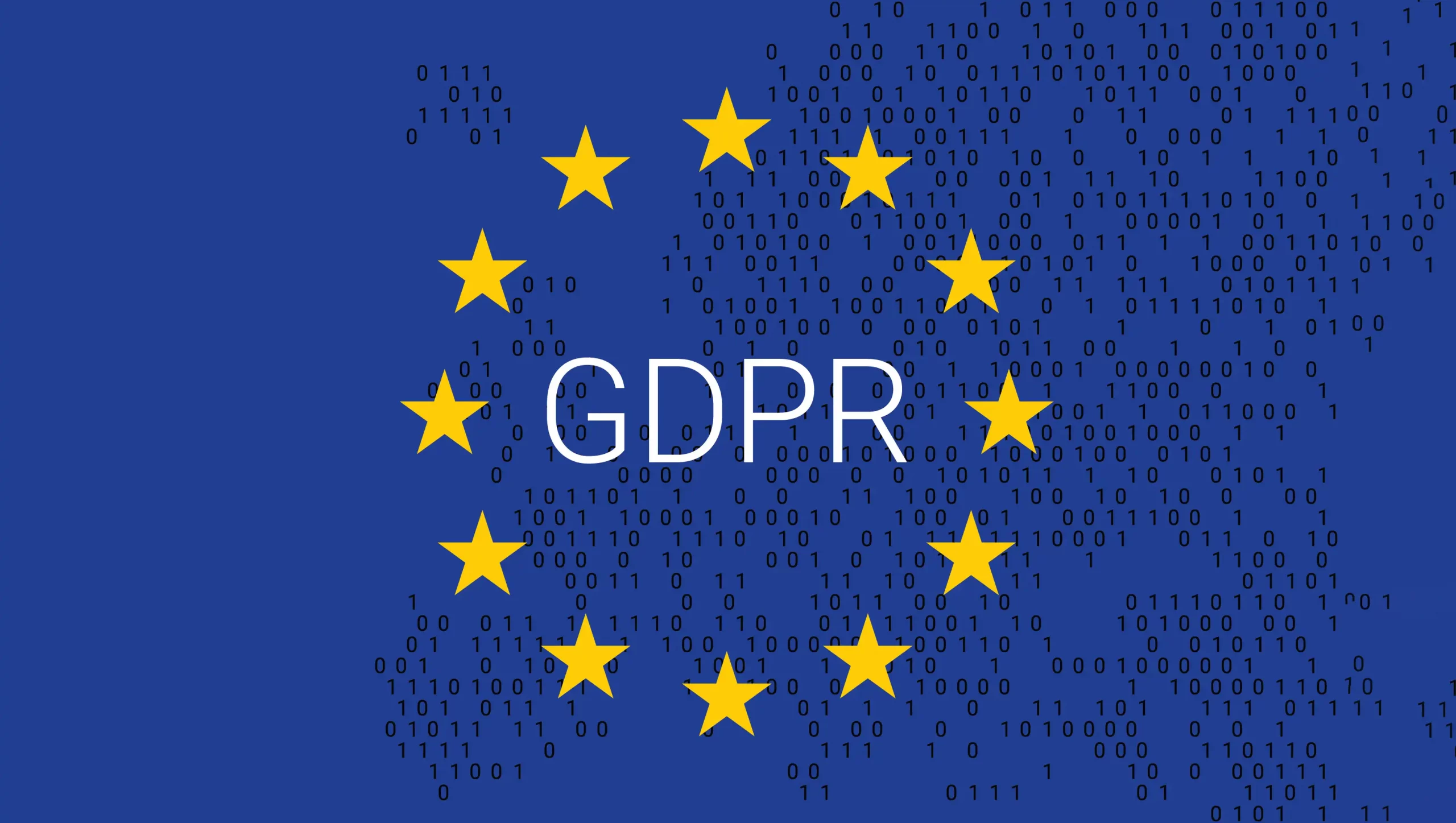In an era defined by digital transformation and data-driven operations, cybersecurity has become paramount. Organizations across the globe face an ever-expanding landscape of cyber threats that have the potential to disrupt operations, compromise sensitive data, and erode trust. In response, governments and industry bodies have crafted a complex web of regulations and standards aimed at safeguarding data and systems.
But navigating through the ever-changing compliance landscape can be confusing with so many complex regulations in different regions of the world, rapid technological advancements, and Interconnected Global Operations.
For this purpose, we have written this comprehensive guide about cybersecurity compliance. Whether you’re a seasoned IT professional responsible for securing your organization’s digital assets or a concerned individual keen on understanding the intricacies of protecting sensitive information, this blog is your roadmap to navigate the challenging terrain of cybersecurity compliance.
The Challenge of Cybersecurity Compliance

Cybersecurity compliance is more than just a buzzword; it’s a critical component of modern business operations. Organizations, regardless of size or industry, must adhere to a multitude of cybersecurity regulations and standards, each with its own set of requirements and nuances.
These regulations include the likes of the General Data Protection Regulation (GDPR), the Health Insurance Portability and Accountability Act (HIPAA), and the Payment Card Industry Data Security Standard (PCI DSS), to name just a few.
The consequences of non-compliance can be severe, ranging from crippling financial penalties to irreparable damage to reputation. Moreover, the threat landscape is dynamic, with new challenges emerging constantly. This makes staying compliant an ongoing journey rather than a destination.
Understanding Cybersecurity Regulations, Standards, and Frameworks
In the realm of cybersecurity, a clear understanding of the key regulations, standards, and frameworks is essential. These serve as the foundation upon which organizations build their compliance strategies and cybersecurity defenses. Let’s explore these in detail:
General Data Protection Regulation (GDPR)
Overview: The General Data Protection Regulation (GDPR), enacted by the European Union, represents a landmark in data privacy legislation. It empowers individuals by granting them control over their personal data. GDPR places stringent requirements on organizations that process personal data, emphasizing data protection by design and by default. It requires organizations to implement robust data protection measures, provide transparency about data processing activities, obtain explicit consent for data processing, and appoint data protection officers.
Who Needs to Comply: Any organization that processes the personal data of EU citizens, regardless of its location, must comply with GDPR. This includes businesses, government agencies, and non-profit organizations.
ISO 27001
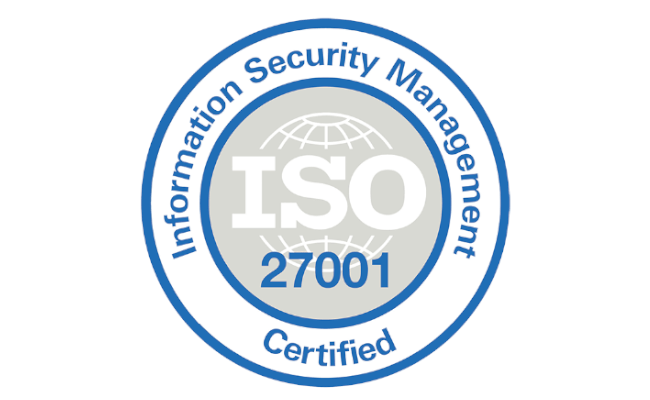
Overview: ISO 27001 is an internationally recognized standard for Information Security Management Systems (ISMS). It provides a systematic approach to managing and protecting sensitive information. ISO 27001 emphasizes risk assessment, control implementation, and continuous improvement. It allows organizations to establish, implement, maintain, and continually improve an ISMS tailored to their unique risk profile.
Who Needs to Comply: ISO 27001 compliance is voluntary but suitable for organizations of all sizes and industries. It’s particularly valuable for those seeking a globally recognized framework to strengthen their information security practices.
Health Insurance Portability and Accountability Act (HIPAA)
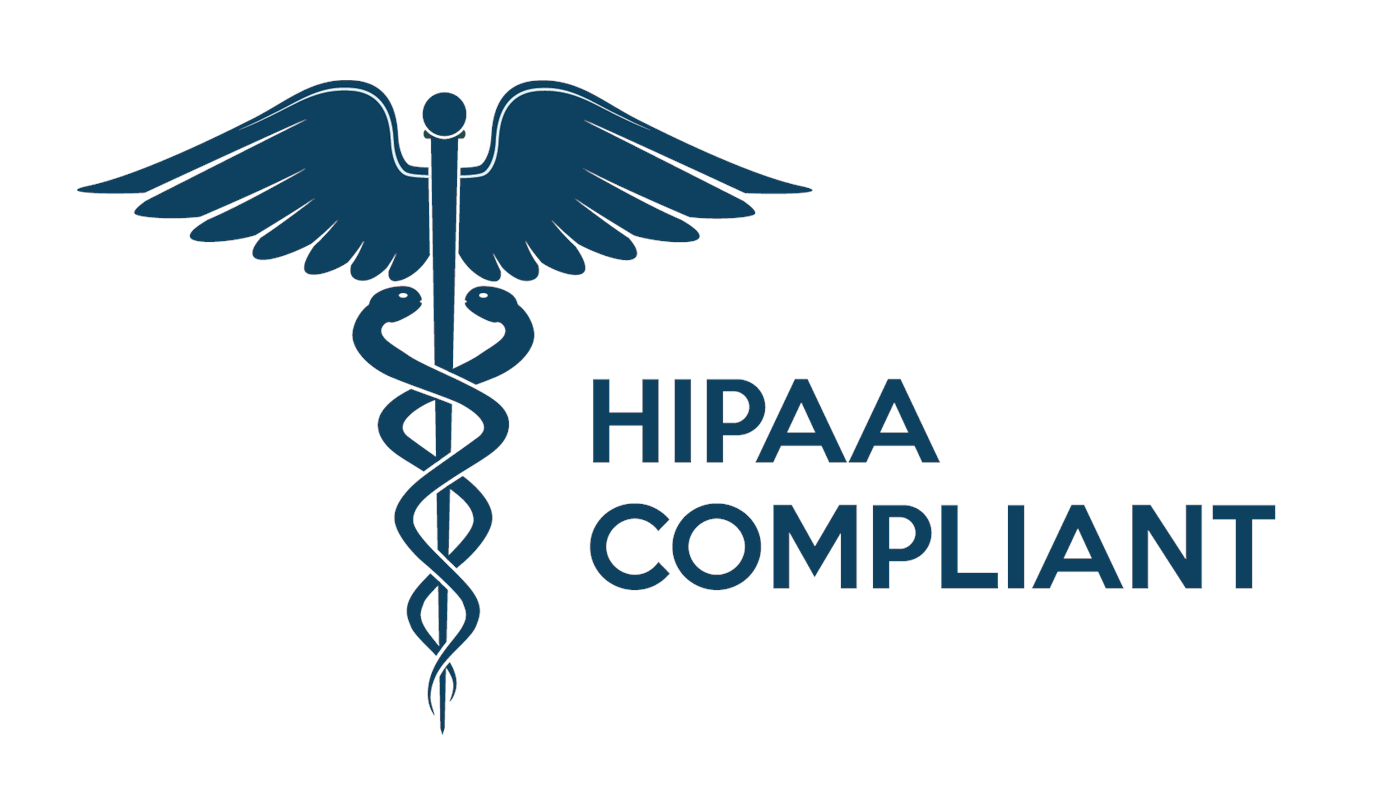
Overview: HIPAA is a U.S. federal law that governs the security and privacy of healthcare information. It mandates safeguards for protected health information (PHI) and imposes strict rules on healthcare providers, insurers, and their business associates. HIPAA compliance involves implementing technical, administrative, and physical safeguards to protect the confidentiality, integrity, and availability of PHI.
Who Needs to Comply: HIPAA applies to healthcare providers, health plans, healthcare clearinghouses, and their business associates who handle PHI in the United States.
California Consumer Privacy Act (CCPA)
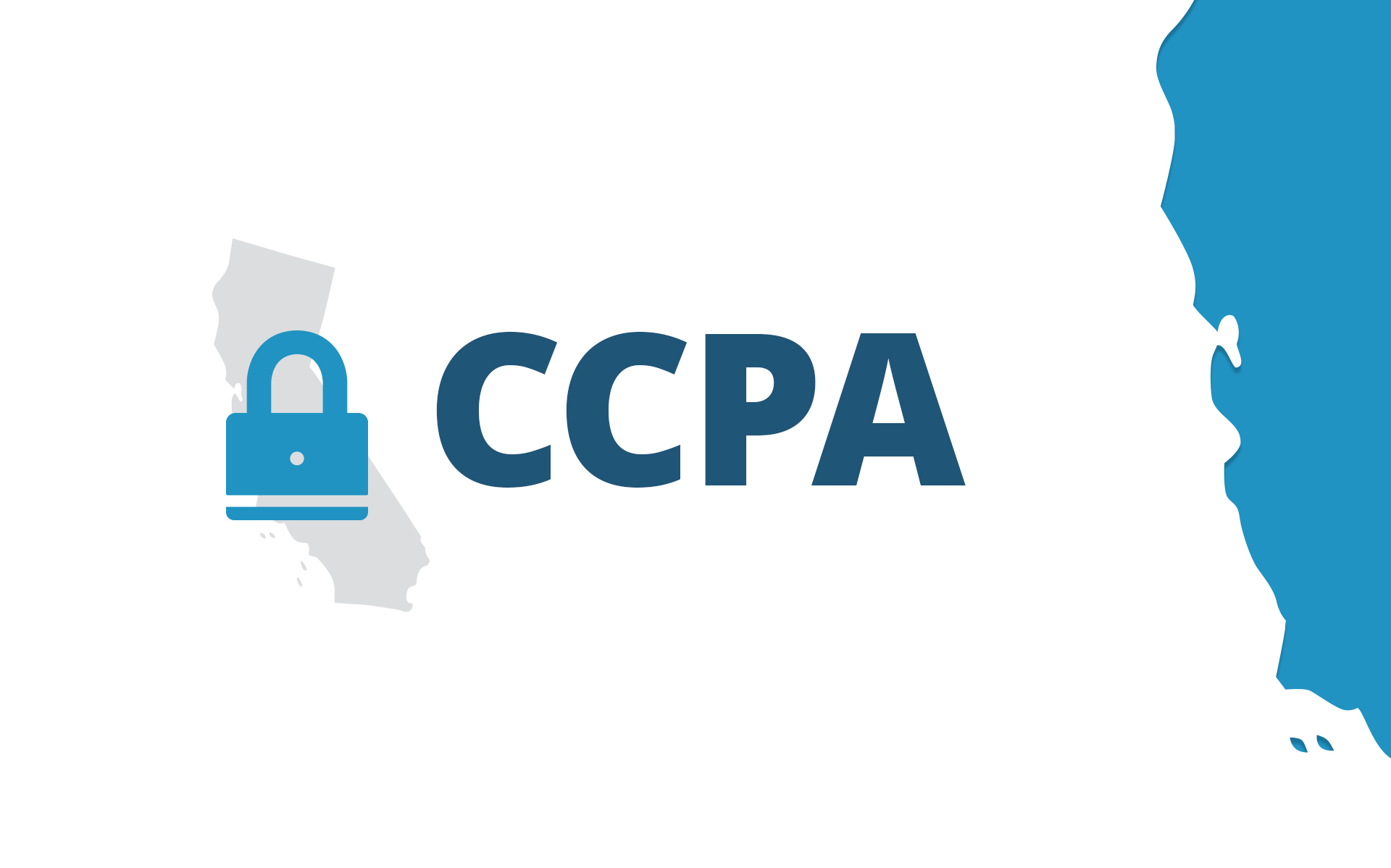
Overview: CCPA grants California residents certain rights over their personal information, including the right to access, delete, and opt out of the sale of their data. It places obligations on businesses that collect and process this information, including the requirement to provide clear privacy notices, maintain reasonable security practices, and respond to consumer requests.
Who Needs to Comply: CCPA applies to businesses that operate in California and meet specific criteria, including those with annual gross revenues exceeding $25 million or that handle data from a large number of California residents.
Payment Card Industry Data Security Standard (PCI DSS)

Overview: PCI DSS is a set of security standards designed to protect credit cardholder data. It specifies requirements for securing payment card transactions and applies to organizations that handle cardholder data, such as merchants and service providers. PCI DSS compliance involves securing networks, implementing access controls, and conducting regular security assessments.
Who Needs to Comply: Any organization that accepts, processes, stores, or transmits payment card data must comply with PCI DSS.
System and Organization Controls 2 (SOC 2)
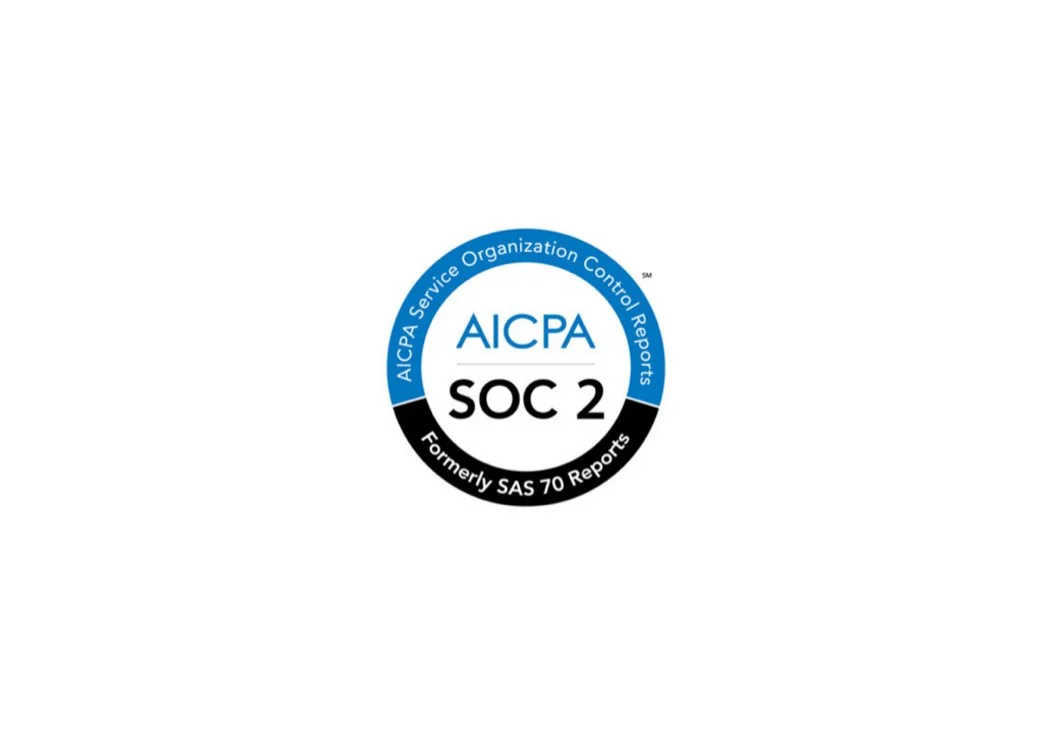
Overview: SOC 2 is an auditing standard developed by the American Institute of CPAs (AICPA) for service organizations. It assesses controls related to security, availability, processing integrity, confidentiality, and privacy. SOC 2 compliance involves demonstrating that controls are effectively designed and operating to meet these criteria.
Who Needs to Comply: Service organizations that provide services to other entities and want to demonstrate their commitment to data security and privacy should pursue SOC 2 compliance.
National Institute of Standards and Technology (NIST) Framework

Overview: NIST provides a comprehensive cybersecurity framework that offers a structured approach to managing and reducing cybersecurity risk. It categorizes activities into five functions: Identify, Protect, Detect, Respond, and Recover. NIST’s approach is rooted in risk management and encourages organizations to tailor their cybersecurity efforts to their specific needs.
Who Needs to Comply: NIST’s framework is widely adopted by U.S. federal agencies and is valuable for organizations seeking a structured approach to cybersecurity risk management.
Center for Internet Security (CIS) Controls

Overview: The CIS Controls are a set of best practices that prioritize cybersecurity actions based on their effectiveness. They provide a prioritized approach to enhance an organization’s security posture. The CIS Controls emphasize critical security actions that can help organizations defend against a wide range of cyber threats.
Who Needs to Comply: The CIS Controls are suitable for organizations of all sizes and industries seeking practical, actionable guidance to improve cybersecurity defenses.
Assessing Cybersecurity Risks and Building a Compliance Program
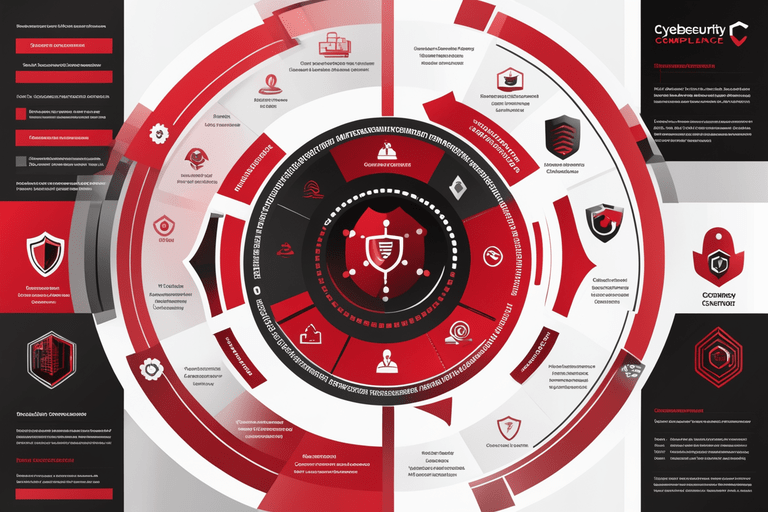
One of the foundational pillars of effective cybersecurity compliance is the ability to assess and mitigate risks. It is crucial to have a solid grasp of your organization’s unique threat landscape. This section will guide you through the process of risk assessment and the creation of a robust compliance program.
Risk Assessment Methods
A successful risk assessment is the cornerstone of a robust cybersecurity compliance program. It begins with a meticulous inventory of your organization’s digital assets and provides a comprehensive view of what requires safeguarding. These assets encompass a broad spectrum, encompassing not just data, but also hardware, software, and even your invaluable human resources.
Data Assets: This category includes sensitive information, intellectual property, customer data, and any other digital assets that are critical to your organization’s operations.
Hardware Assets: This covers physical equipment such as servers, workstations, and networking devices. Understanding your hardware assets is essential for assessing vulnerabilities and potential points of compromise.
Software Assets: Identifying the software tools and applications utilized across your organization is crucial. This extends to operating systems, security software, and any custom applications.
Human Resources: Employees are not just an asset but also potential points of vulnerability. Consider the roles, responsibilities, and access levels of your staff, as their actions can significantly impact cybersecurity.
Simultaneously, it’s vital to comprehensively evaluate the threat landscape that surrounds your organization. This landscape is dynamic and can encompass an array of potential threats and vulnerabilities.
External Threats: These include malicious actors such as hackers, cybercriminals, and threat actors seeking to exploit weaknesses in your cybersecurity defenses.
Internal Risks: Human error, negligence, or even disgruntled employees can pose significant internal threats. Additionally, system failures, hardware malfunctions, or software vulnerabilities can also originate from within.
Environmental Threats: Natural disasters, power outages, and other environmental factors can disrupt your organization’s operations and impact data security.
Vulnerability Scanning
Once you’ve identified your assets and potential threats, the next crucial step is conducting vulnerability scanning. Vulnerability scanning tools are instrumental in identifying weaknesses and vulnerabilities within your IT systems. These tools systematically scan your hardware, software, and network infrastructure to pinpoint areas that may be susceptible to exploitation by malicious actors.
By conducting vulnerability scans and addressing identified weaknesses, your organization can proactively enhance its cybersecurity defenses and align with compliance requirements.
Building a Compliance Program
Having a comprehensive compliance program in place is not only a requirement but also a proactive measure to protect your organization. Here are key aspects to consider:
Developing Policies and Procedures
Robust cybersecurity policies and procedures are the backbone of any compliance program. These procedures and policies provide insights into creating effective cybersecurity strategies that align with industry standards and best practices.
Key considerations include:
Policy Creation: Developing clear and concise policies that align with industry standards and best practices.
Procedure Documentation: Document specific procedures that guide your organization in implementing cybersecurity measures.
Regular Review: Ensuring policies and procedures are regularly reviewed and updated to adapt to evolving threats and regulatory changes.
Leveraging Technology
Technology plays a pivotal role in compliance efforts. It includes a range of tools and solutions that enhance your organization’s cybersecurity posture:
Intrusion Detection Systems (IDS): IDS tools monitor network traffic for suspicious activity and potential threats.
Security Information and Event Management (SIEM) Solutions: SIEM solutions centralize the collection and analysis of security-related data, offering real-time insights into cybersecurity events.
Encryption Tools: Encryption is crucial for protecting sensitive data both in transit and at rest, ensuring it remains secure from unauthorized access.
Employee Training and Awareness
The human element of cybersecurity should not be underestimated. Employee education and awareness programs are integral to compliance success.
Key considerations include:
Ongoing Training: Providing regular cybersecurity training to employees to keep them informed about best practices, emerging threats, and their role in maintaining compliance.
Simulated Phishing Exercises: Conducting simulated phishing exercises to test and improve employee awareness and response to phishing attempts.
Creating a Culture of Security: Fostering a culture of security awareness where cybersecurity is a shared responsibility among all staff members.
Compliance Audits and Achieving Multi-Regulation Compliance

Preparing for Audits
Compliance audits are a critical aspect of ensuring that your organization is meeting regulatory requirements. Being well-prepared for audits not only simplifies the process but also helps identify and rectify compliance issues before they become problematic.
Documentation and Issue Identification
Effective documentation is the foundation of a successful audit. It’s essential to maintain clear and organized records of your cybersecurity policies, procedures, risk assessments, and compliance efforts. During an audit, these documents serve as evidence of your compliance efforts.
In addition to documentation, proactive issue identification is key. Auditors will scrutinize your cybersecurity practices, so it’s vital to identify and address any compliance gaps before the audit begins.
Many organizations can also utilize third-party auditors to assess their compliance. These auditors bring objectivity and expertise to the process.
Achieving Multi-Regulation Compliance
Complying with a single cybersecurity regulation or standard is challenging enough, but for many organizations, the reality is far more complex. They must navigate a landscape where multiple regulations and standards may apply simultaneously. Achieving compliance with multiple regulations is a formidable task, but it’s not insurmountable. Here’s a strategic approach to help you successfully navigate this complex terrain:
Identify Applicable Regulations
The first step in achieving multi-regulation compliance is to identify which regulations and standards apply to your organization. Depending on your industry, location, and the nature of your operations, you may be subject to a combination of regulations such as GDPR, HIPAA, PCI DSS, SOC 2, and more. Clearly list and prioritize these regulations based on their relevance to your organization.
Establish a Compliance Team
Designate a compliance team or officer responsible for overseeing the compliance efforts. This team should consist of individuals with expertise in the relevant regulations and standards. Their role is to coordinate compliance activities, manage documentation, and ensure ongoing adherence.
Conduct a Gap Analysis
Perform a comprehensive gap analysis for each regulation. This involves assessing your current cybersecurity practices against the specific requirements of each regulation. Identify areas where your organization is in compliance and areas that require improvement or modification.
Develop a Unified Compliance Framework
Rather than managing compliance efforts separately for each regulation, develop a unified compliance framework that integrates the common elements across all applicable regulations. This framework should serve as the foundation for your compliance program, making it easier to implement and manage.
Streamline Documentation
Streamline documentation efforts by creating a centralized repository for compliance-related documents, policies, and procedures. This not only facilitates ease of access but also ensures consistency and transparency in compliance documentation.
Prioritize Security Controls
Identify the critical security controls that are common across regulations and prioritize their implementation. This may include access control, data encryption, incident response, and employee training. By focusing on these controls first, you can address the most critical aspects of compliance.
Leverage Compliance Management Tools
Consider using compliance management tools and software. These tools can help automate compliance tracking, generate reports, and provide real-time insights into your compliance status. They are particularly valuable for organizations subject to multiple regulations.
Utilize Immutable and Air-Gapped Storage
Consider the use of immutable and air-gapped backup solutions for sensitive data. Immutable storage ensures that data cannot be altered or deleted once it’s stored, providing an additional layer of data integrity and compliance. Air-gapped storage, which physically isolates data from the network, can protect against remote attacks and unauthorized access. Implementing these storage solutions can enhance your data protection and compliance efforts.
Continuous Monitoring and Improvement
Compliance is not a one-time effort; it’s an ongoing process. Implement continuous monitoring to track your organization’s compliance status and detect deviations promptly. Regularly review and update your compliance program to adapt to changing regulations and emerging threats.
Seek Expert Guidance
Don’t hesitate to seek expert guidance, especially when dealing with complex multi-regulation compliance. External consultants or auditors can provide valuable insights and ensure that you’re on the right track.
Stay Informed
Stay informed about updates and changes in the regulations that affect your organization. Subscribing to regulatory newsletters, attending industry conferences, and participating in professional networks can help you stay up to date.
Conclusion
In this evolving landscape of cybersecurity compliance, the journey never truly ends. Throughout this guide, we’ve explored the intricate web of regulations, standards, and frameworks that organizations must navigate to protect their digital assets. We’ve delved into risk assessment, compliance programs, audits, and the art of achieving multi-regulation compliance.
As we wrap up this journey, it’s important to emphasize a few key takeaways:
A Culture of Vigilance: Compliance is not merely a box to tick; it’s a mindset. It’s a commitment to safeguarding the trust of your stakeholders, be they customers, partners, or employees. It’s a proactive stance against evolving threats and a dedication to the responsible handling of data. Instill a culture of vigilance throughout your organization, where cybersecurity is everyone’s responsibility.
Continuous Adaptation: Compliance is not static; it’s a continuous process. Cyber threats and regulations evolve, and so should your compliance efforts. Staying informed and adaptable is not just a recommendation; it’s a necessity. Regularly assess and update your compliance program to reflect the changing landscape. Stay informed about emerging technologies, global regulations, and anticipated changes. Adapt and adjust your strategies accordingly.
Resilience Matters: Compliance is all about building resilience for securing data. By embracing best practices and meeting regulatory requirements, you fortify your organization against the ever-evolving threat landscape.
It’s all Team Work: Lastly, cybersecurity is a shared responsibility. While policies, technologies, and frameworks are essential, every member of your organization plays a role in maintaining a secure environment. Encourage a culture of security awareness among your team members, for they are your frontline defense.
Remember that knowledge is your most potent weapon. Stay curious, stay vigilant, and stay secure. Your commitment to compliance is not just a legal obligation; it’s a pledge to protect what matters most in the digital age—trust, data, and the future.


